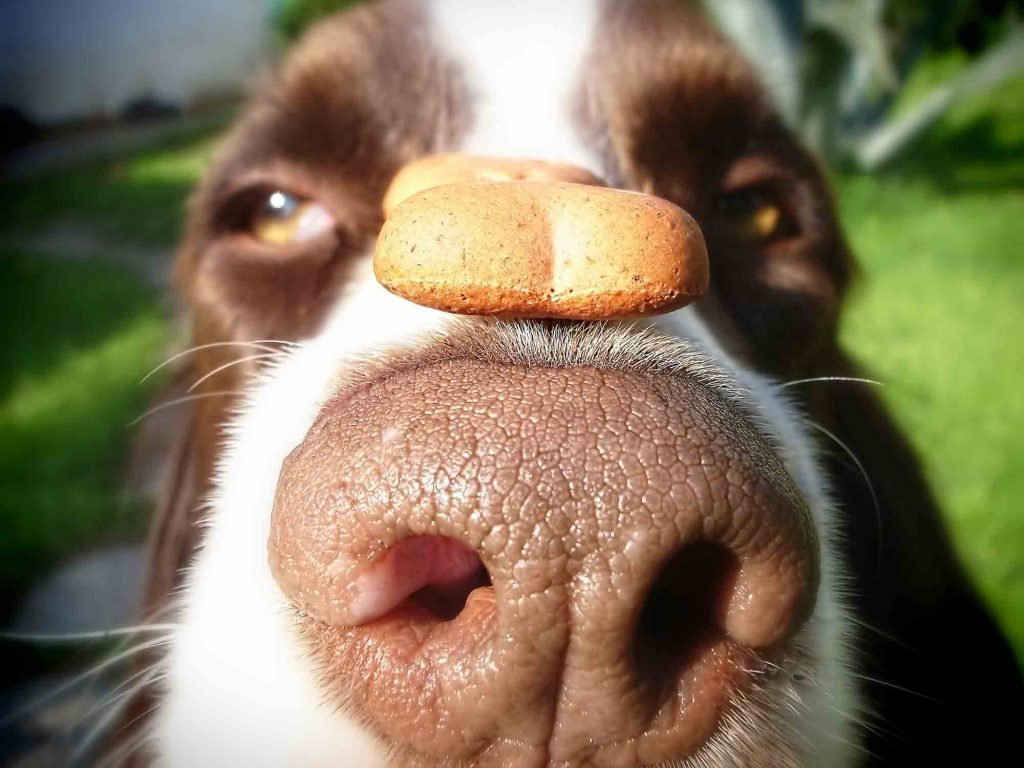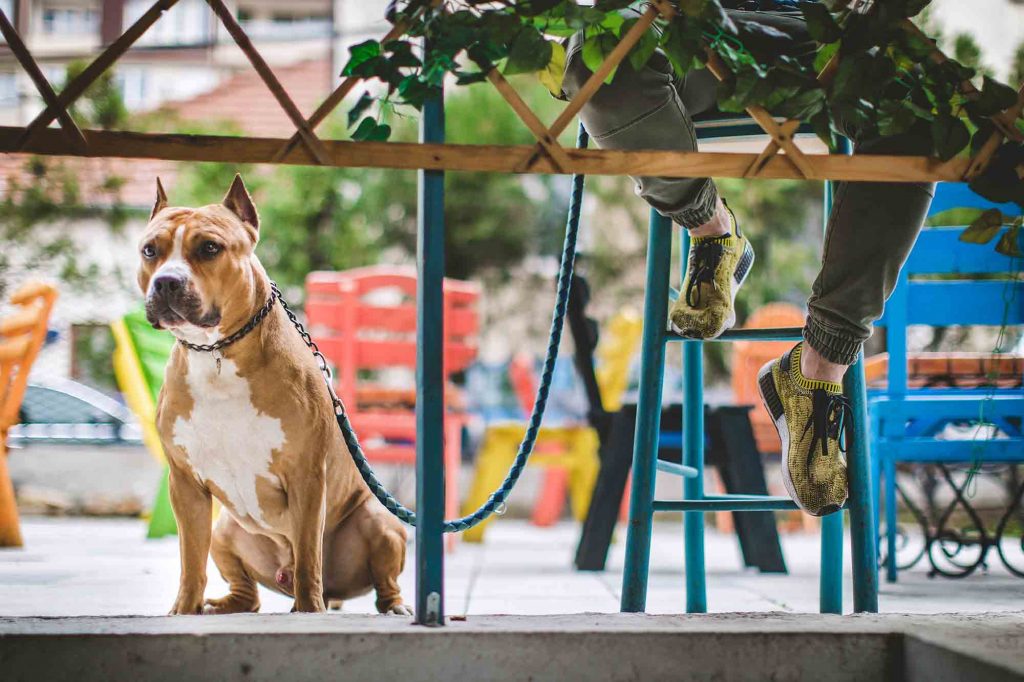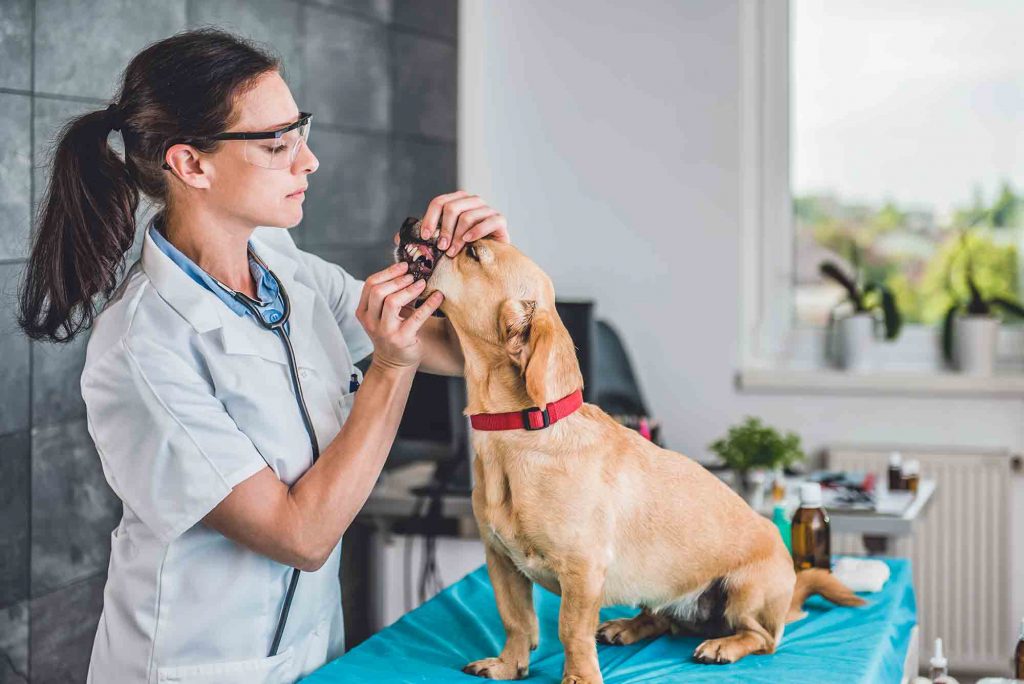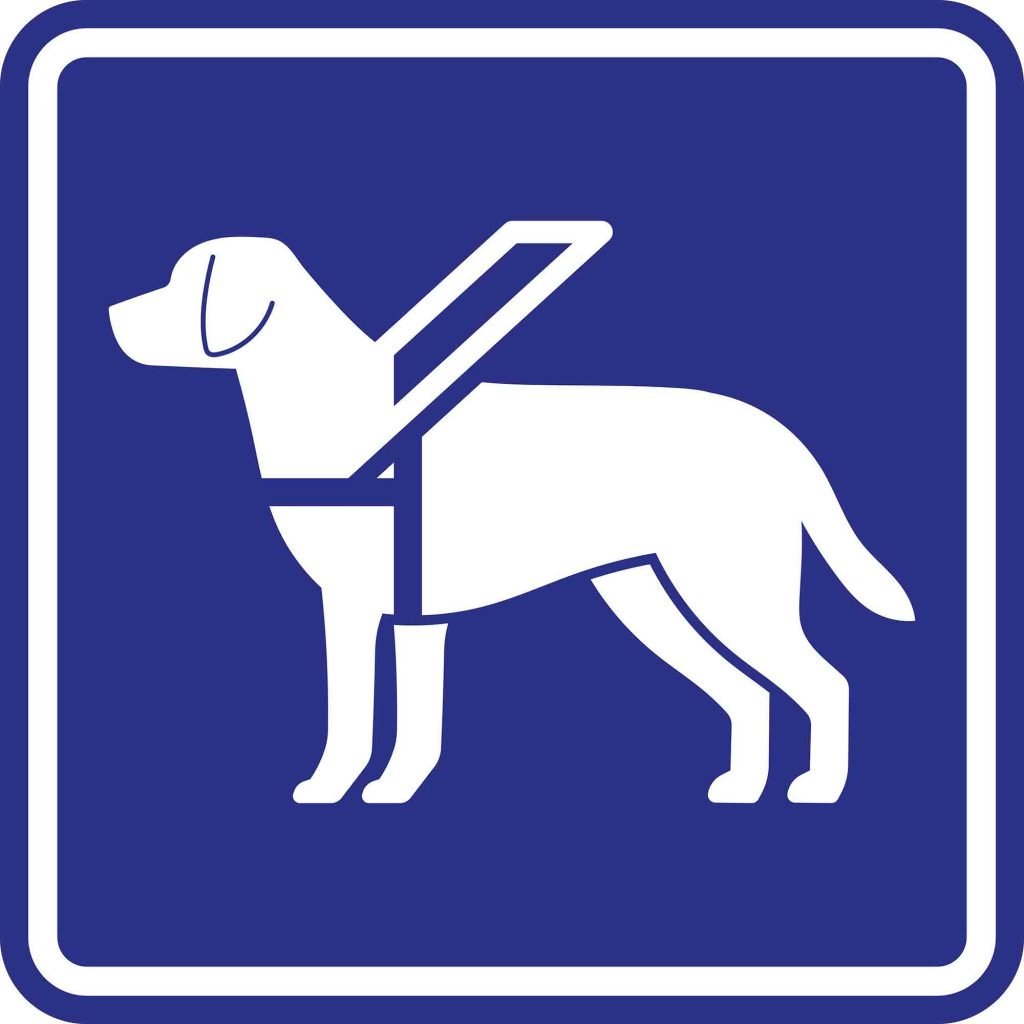
Why do Dogs Scoot Their Butts? Anal Glands.
 There are so many odd canine behaviors. From crotch sniffing to humping inanimate objects, their weirdness can definitely be off-putting. Among them, butt-scooting always raises an eyebrow or two. What is this behavior all about? Why do they do this to our fine rugs? The answer isn’t pretty, but the reason is almost always related to their anal glands.
There are so many odd canine behaviors. From crotch sniffing to humping inanimate objects, their weirdness can definitely be off-putting. Among them, butt-scooting always raises an eyebrow or two. What is this behavior all about? Why do they do this to our fine rugs? The answer isn’t pretty, but the reason is almost always related to their anal glands.
General Purpose
Located right inside the opening of the anus, anal glands are responsible for secreting a smelly, pasty material that serves as a scent marker during defecation. They’re also triggered to secrete when a dog is threatened or scared.
Irritated Anus
Dogs scoot their butts because of an irritation in the anus area. In other words, they cannot scratch their bottoms in the traditional way, so they scoot it on the floor. Impacted anal glands are usually to blame, creating incredibly uncomfortable sensations for dogs.
What Else Could it Be?
Fecal contamination, worms, swelling, and rectal prolapse are often ruled out when addressing butt-scooting behavior. Dogs of any age and breed can experience problems related to anal glands, but smaller dogs may have more narrow ducts between the glands and the rim of the anus.
If anal glands are causing problems, it’s because they aren’t functioning properly. Sometimes the glands become blocked with a thickened version of the secretion. This leads to inflammation. Impacted, abscessed, or infected anal glands can be very painful.
Expression
Aside from butt-scooting, dogs may walk hunched over, exhibit pain or difficulty pooping, or appear constipated. If a dog can reach, they may lick the anus repeatedly, potentially transferring oral bacteria to the impacted glands.
Pressure directly applied to the glands is required to relieve the blockage. Lancing an abscess may be necessary, as well as antibiotics, to relieve a dog’s pain. Recurrent issues with the anal glands can result in surgical removal, but there are ways to reduce chronic occurrences, such as:
- Weight management (overweight and obese dogs are more susceptible to this type of health issue)
- Increase fiber and/or pumpkin intake to raise pressure on the glands while passing fecal matter (this helps to naturally drain the glands)
- Adding opportunities to exercise
Anal Glands and Dog Behavior
Please contact us with any questions or concerns regarding anal glands. Symptoms can be curious to observe at first, but if they continue, your dog could be headed for a lot of unnecessary pain and discomfort.
The post Why do Dogs Scoot Their Butts? Anal Glands. appeared first on West Park Animal Hospital Blog.



 Spring and summer are marvelous for many reasons. Not on the list of seasonal splendors? Parasites, of course. Yes, bugs are a natural consequence of warmer weather, but with a proactive approach to parasite prevention, they don’t have to bother your pet – or spread dangerous diseases!
Spring and summer are marvelous for many reasons. Not on the list of seasonal splendors? Parasites, of course. Yes, bugs are a natural consequence of warmer weather, but with a proactive approach to parasite prevention, they don’t have to bother your pet – or spread dangerous diseases!
 There’s no denying the benefits of
There’s no denying the benefits of 
 It makes sense to assume city-dwelling pets are generally healthier than rural ones. They don’t typically find themselves spending long hours in bordering farms or fields, wandering far from home. Urban pets also usually have quicker, easier access to veterinary care.
It makes sense to assume city-dwelling pets are generally healthier than rural ones. They don’t typically find themselves spending long hours in bordering farms or fields, wandering far from home. Urban pets also usually have quicker, easier access to veterinary care.
 Aging happens no matter if you are a human, dog, or hamster. At
Aging happens no matter if you are a human, dog, or hamster. At 
 There are few things more disgusting than receiving a big slobbery kiss from your dog only to realize they recently helped themselves to a litter box snack. It’s likely this common but annoying habit has had you Googling answers furiously looking for help. So, what’s up with this unsavory behavior and how can you keep your dog out of the litter box?
There are few things more disgusting than receiving a big slobbery kiss from your dog only to realize they recently helped themselves to a litter box snack. It’s likely this common but annoying habit has had you Googling answers furiously looking for help. So, what’s up with this unsavory behavior and how can you keep your dog out of the litter box?
 Although they’ve been used for generations, essential oils have exploded onto the natural health and wellness scene. Touted for their positive effects on depression, insomnia, and even the common cold, essential oils aren’t all they’re cracked up to be. In fact, pet safety can be significantly compromised when the oils are breathed in or ingested. Before you install a diffuser in your home, we offer a quick guide to protect your cat or dog from a dangerous situation.
Although they’ve been used for generations, essential oils have exploded onto the natural health and wellness scene. Touted for their positive effects on depression, insomnia, and even the common cold, essential oils aren’t all they’re cracked up to be. In fact, pet safety can be significantly compromised when the oils are breathed in or ingested. Before you install a diffuser in your home, we offer a quick guide to protect your cat or dog from a dangerous situation.
 Dogs
Dogs
 Modern pets enjoy lives their ancestors would hardly recognize. Not only do we provide them with the best in nutrition and
Modern pets enjoy lives their ancestors would hardly recognize. Not only do we provide them with the best in nutrition and 
 Winter is…well, it’s far from over yet, but one thing we know for sure is that spring is on the horizon. After a long, cold season indoors, you and your furry companion may be feeling a little stir-crazy and no doubt may be looking for some new activities to inspire exercise.
Winter is…well, it’s far from over yet, but one thing we know for sure is that spring is on the horizon. After a long, cold season indoors, you and your furry companion may be feeling a little stir-crazy and no doubt may be looking for some new activities to inspire exercise.